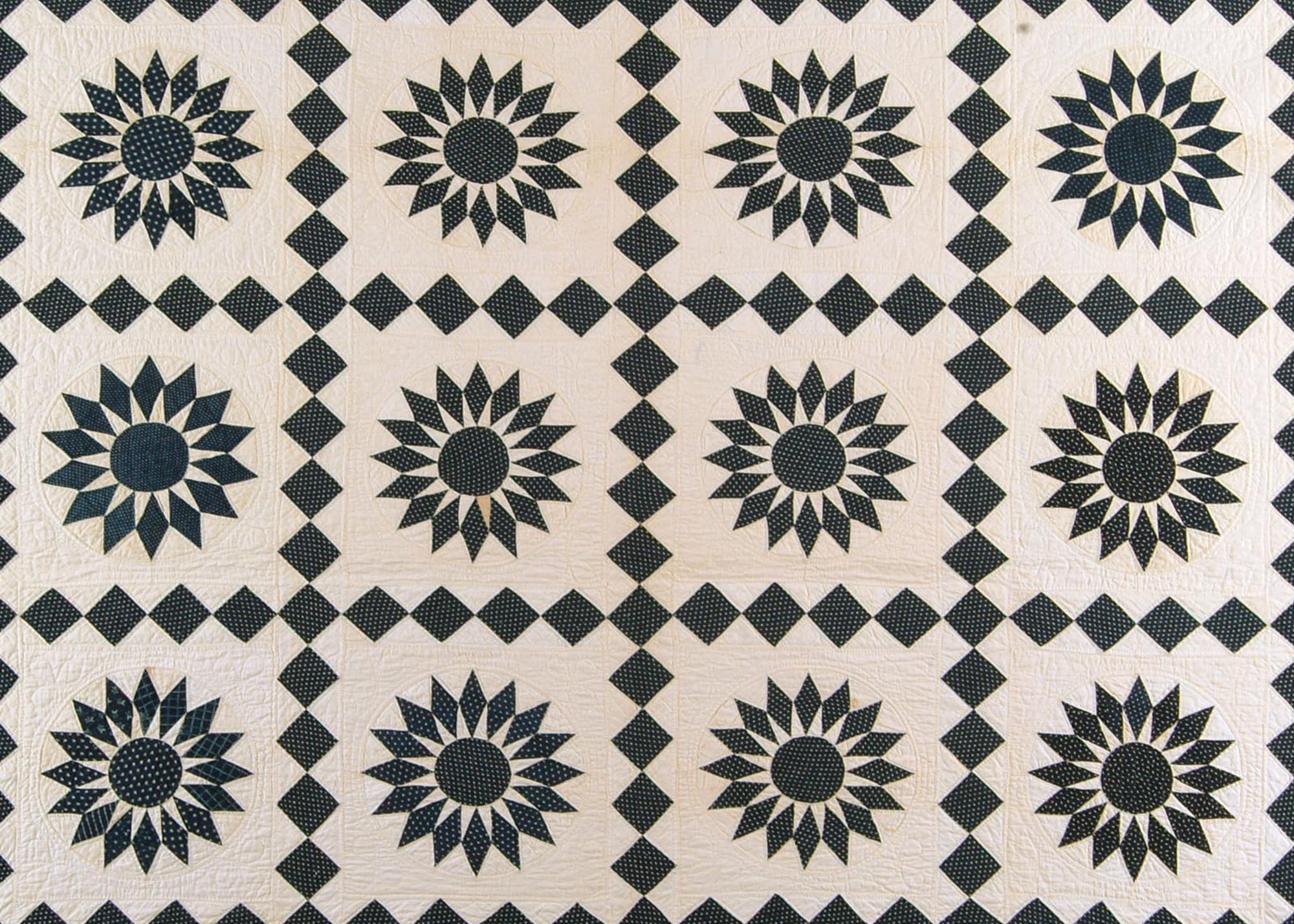
A Rare Occurrence
Aug 18-20, 2017
Commemorating the first total eclipse in Lincoln’s recorded history.

On August 21, Lincoln will experience its first total eclipse in recorded history. While solar eclipses occur about once every 18 months, they are typically only seen in a specific area once every 375 years. To celebrate this moment, the International Quilt Museum will open a special pop-up exhibition of quilts August 18-20 in the Dillow Conservation Work Room.
The nine quilts on display consist of traditional American, studio art and international pieces. This will include an indigo Rising Sun pattern made circa 1840-1860 in Ohio and two dated historical pieces—Stars and Comet and Rainbow Quilt—both made in 1892 in Pennsylvania. There will also be a Godhari from Maharashtra, India, and art quilts by Jean Ray Laury, Olga Prins Lukowski and Terrie Hancock Mangat.